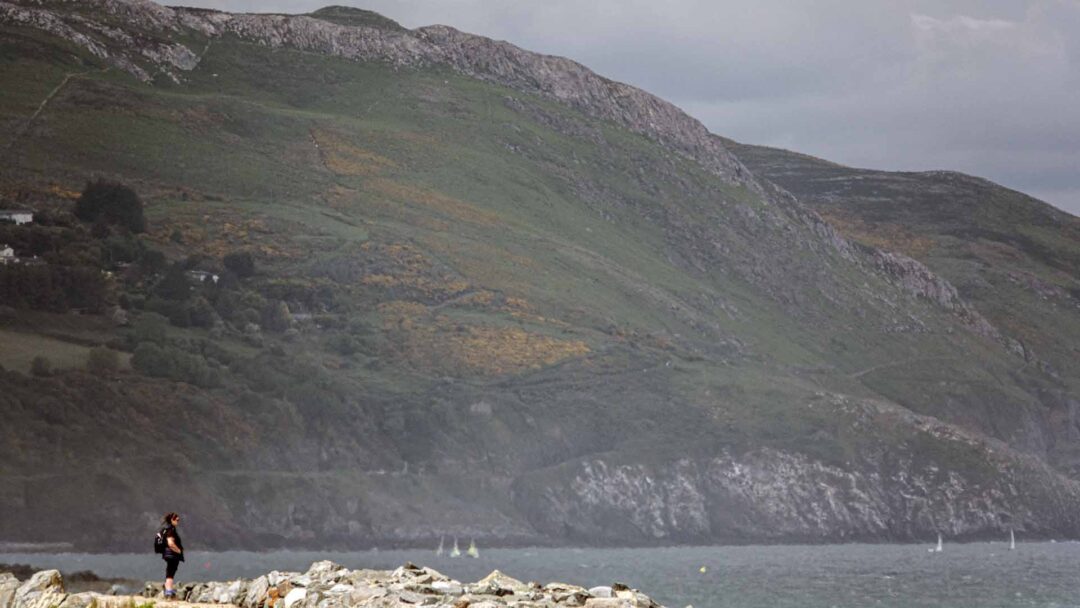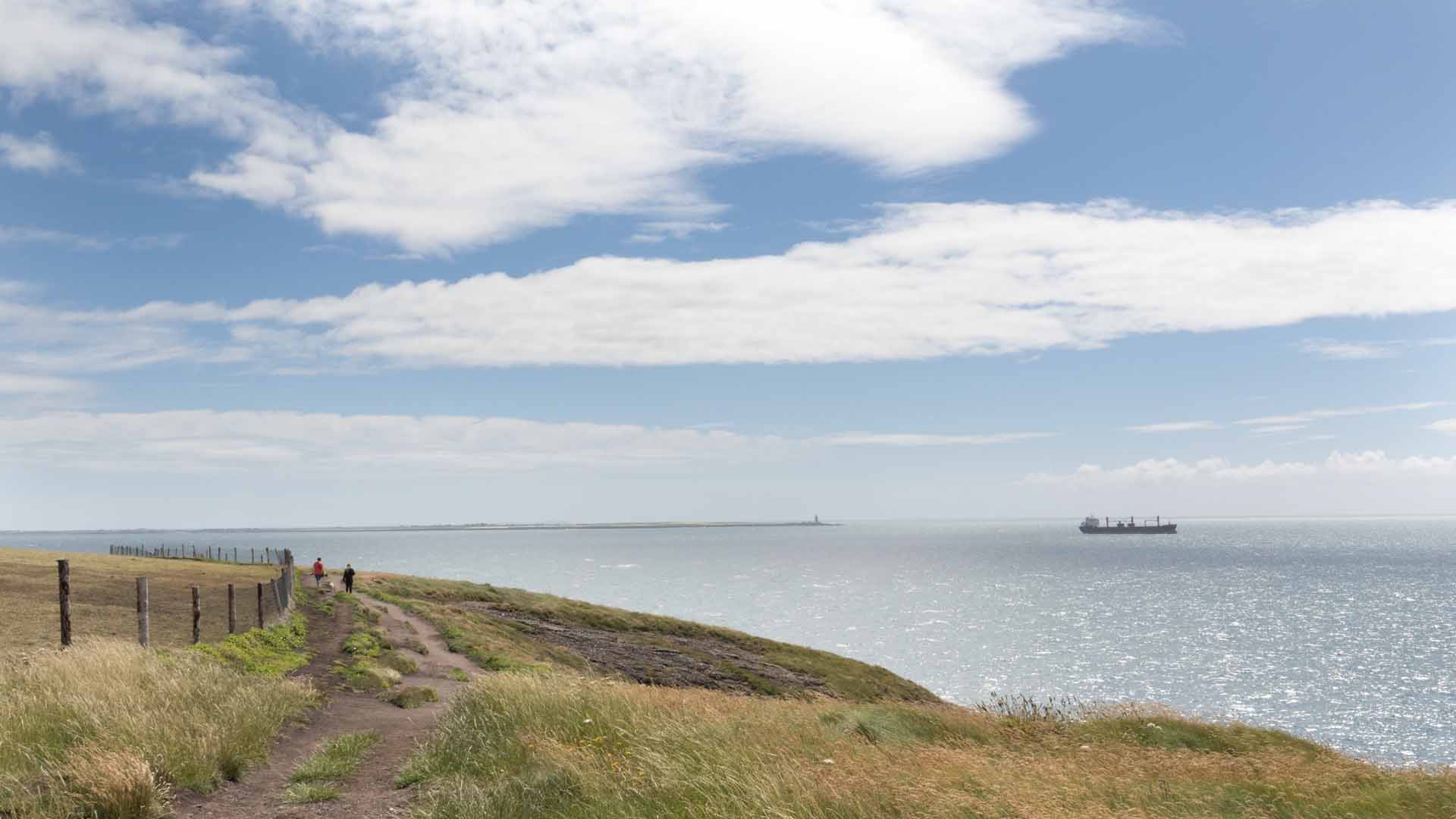The Dunmore East Coastal Walk
The Dunmore East Coastal Walk
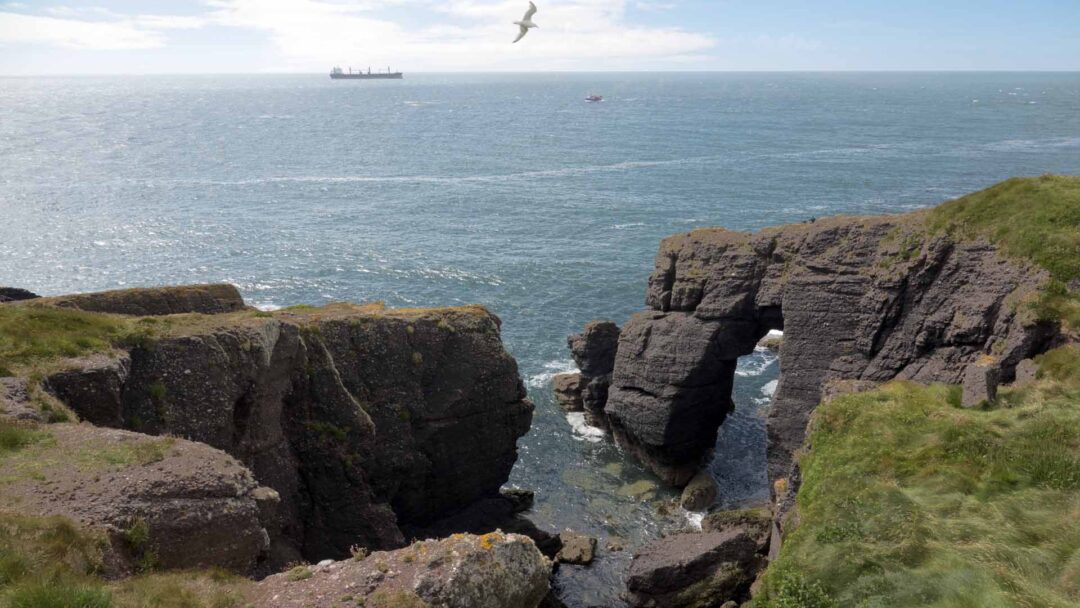
The Dunmore East Coastal Walk dates back to 1820 when the town’s harbour was first constructed. Workers used this trail to travel back and forth from
The Dunmore East Coastal Walk dates back to 1820 when the town’s harbour was first constructed. Workers used this trail to travel back and forth from
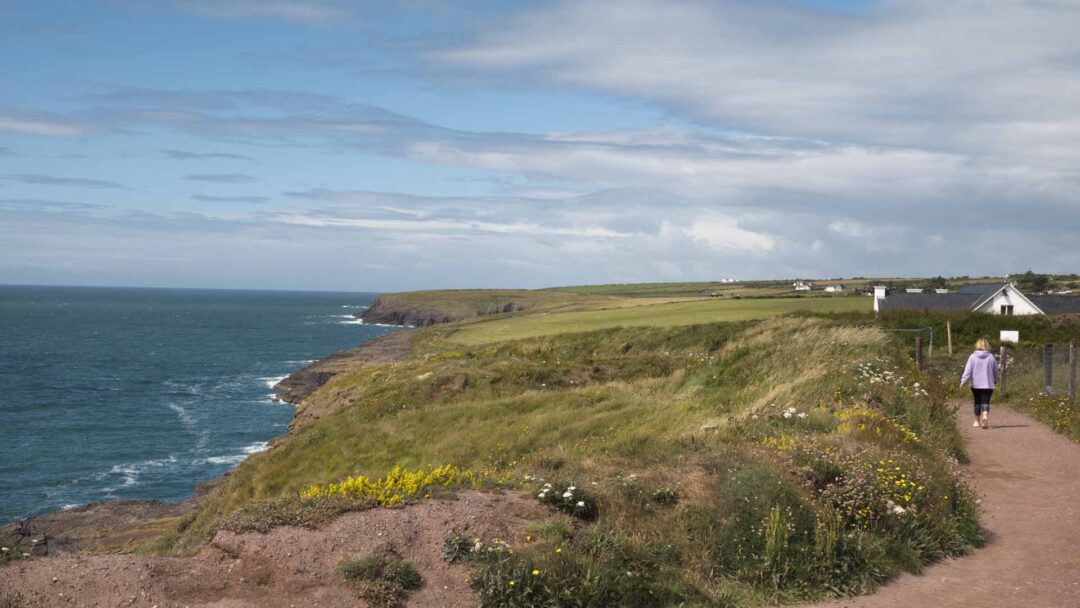
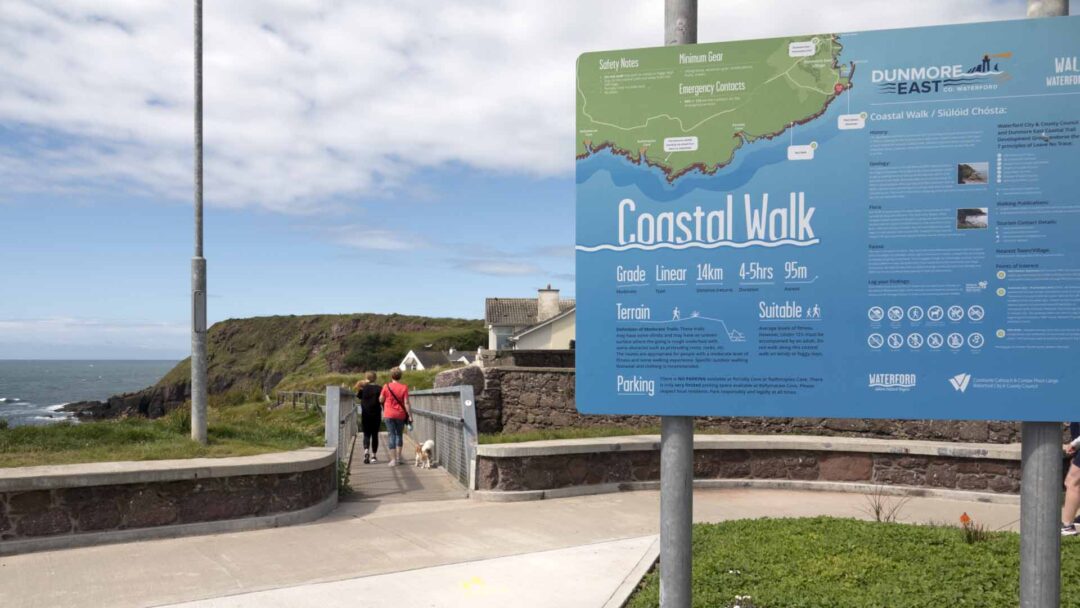
The Dunmore East Coastal Walk
The Dunmore East Coastal Walk
If you do take the walk, the views are breathtaking and you will be able to see out to Hook Head and the oldest operating lighthouse in the world. There are many other sites of interest along the way before the initial part of the coastal walk ends at Portally Cove, a great location for spotting otters, seabirds, and other local wildlife.
If you do take the walk, the views are breathtaking and you will be able to see out to Hook Head and the oldest operating lighthouse in the world. There are many other sites of interest along the way before the initial part of the coastal walk ends at Portally Cove, a great location for spotting otters, seabirds, and other local wildlife.
If you want to extend your walk, you could follow the path to Rathmoylan which is a further 1 kilometre. The extra length is worth it for the surrounding scenery and as it’s not too difficult a walk, it can be recommended if you want to see more of the area.
If you want to extend your walk, you could follow the path to Rathmoylan which is a further 1 kilometre. The extra length is worth it for the surrounding scenery and as it’s not too difficult a walk, it can be recommended if you want to see more of the area.
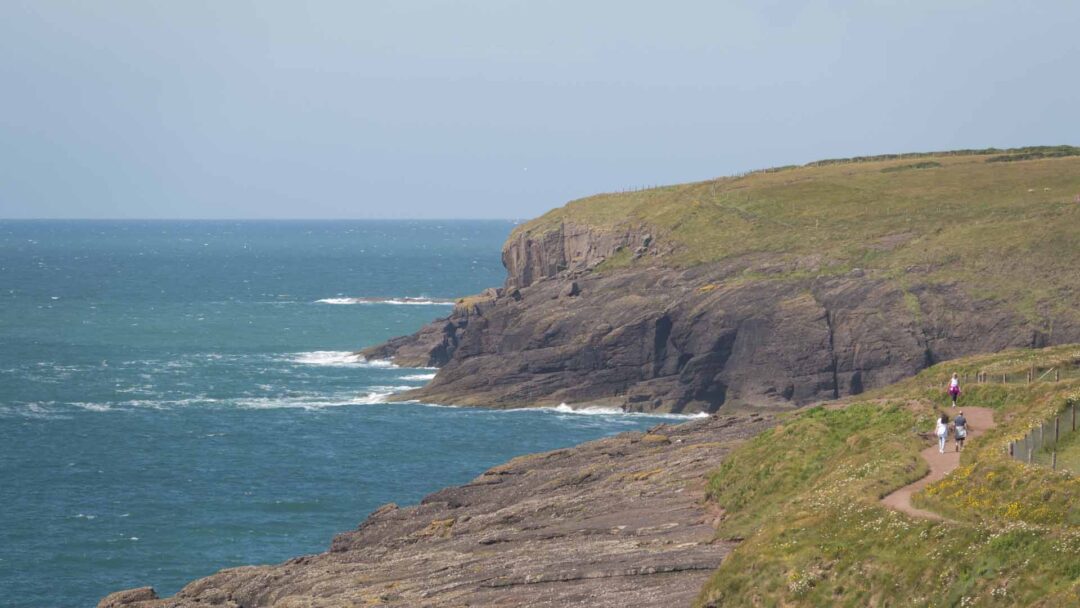
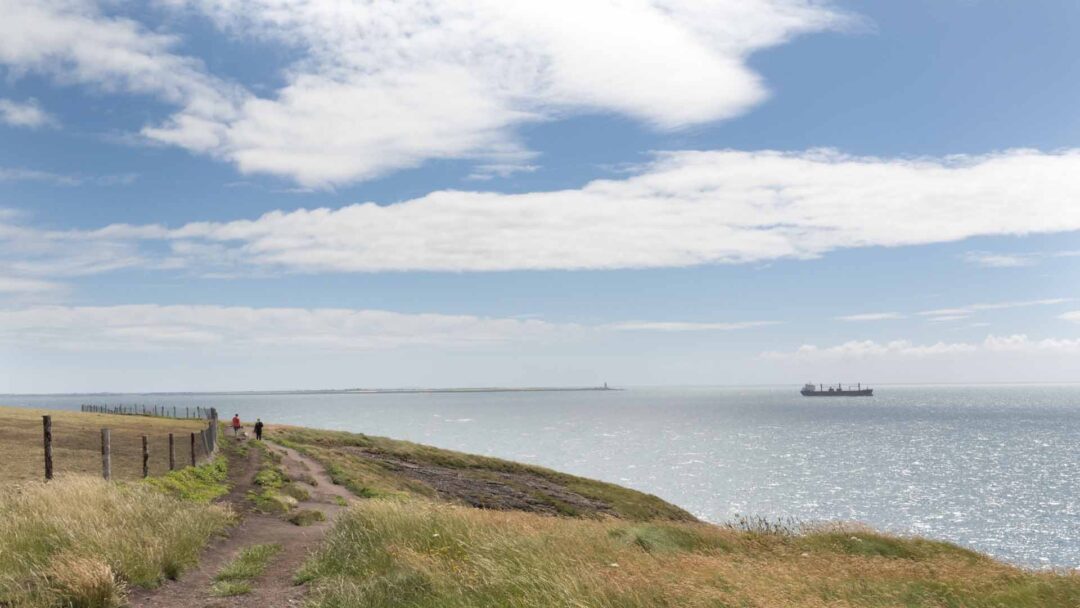
Alternatively, you could take the 8km walk from Dunmore to Ballymacaw if you’re able to walk the longer distance. There is a lot to see if you do take this route, including stone memorials and various cliffs and coves, and there are a couple of pubs to visit just after the end of the walk if you need a rest and a few refreshments.
Alternatively, you could take the 8km walk from Dunmore to Ballymacaw if you’re able to walk the longer distance. There is a lot to see if you do take this route, including stone memorials and various cliffs and coves, and there are a couple of pubs to visit just after the end of the walk if you need a rest and a few refreshments.
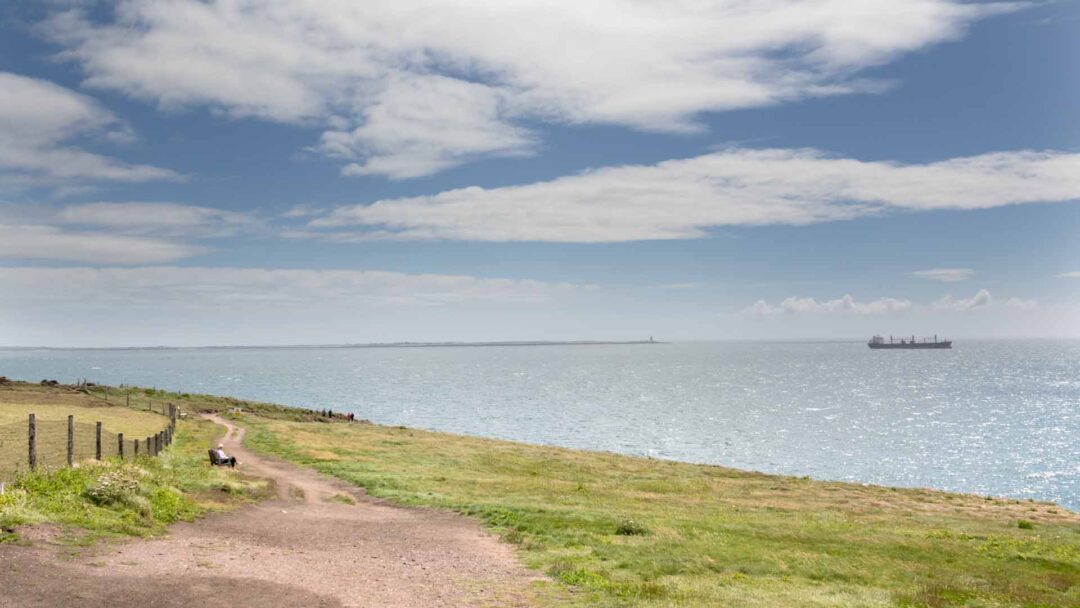
Dunmore East Coastal Walk begins at the back of the Old Convent and the path is signposted so there will be no chances of any confusion. The path is easily navigable but as with all coastal walks, you do need to be mindful of any high winds. You don’t need to walk too near to the cliff edges so your safety isn’t a major issue but common sense is still needed.
Dunmore East Coastal Walk begins at the back of the Old Convent and the path is signposted so there will be no chances of any confusion. The path is easily navigable but as with all coastal walks, you do need to be mindful of any high winds. You don’t need to walk too near to the cliff edges so your safety isn’t a major issue but common sense is still needed.
You have the choice of turning back after reaching Portally but as we suggested, you could continue your walk along the next section of the path if you choose to. The extra distance is worth it for the Rathmoylan Sea Cave and the beauty of Ballymacaw Cove but if your legs are getting tired, you can simply follow the road back to Dunmore from Portally. Of course, there are plenty of places to rest along the way so if you are tempted to walk further, take advantage of the benches to pause awhile and gaze out at the amazing scenery around you.
You have the choice of turning back after reaching Portally but as we suggested, you could continue your walk along the next section of the path if you choose to. The extra distance is worth it for the Rathmoylan Sea Cave and the beauty of Ballymacaw Cove but if your legs are getting tired, you can simply follow the road back to Dunmore from Portally. Of course, there are plenty of places to rest along the way so if you are tempted to walk further, take advantage of the benches to pause awhile and gaze out at the amazing scenery around you.
Dunmore East
Dunmore East
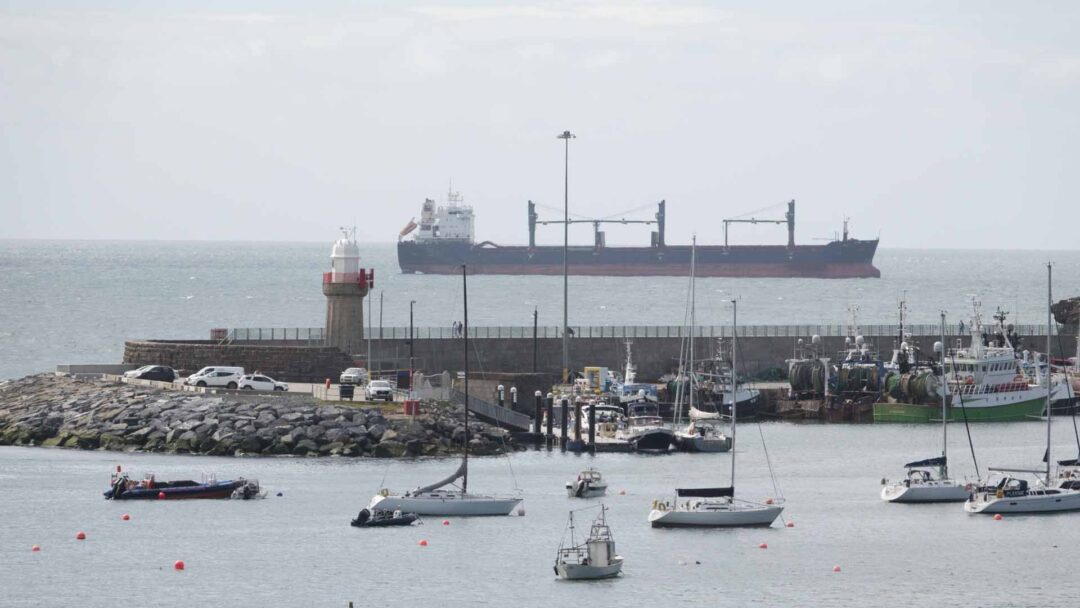
Dunmore Lighthouse
Dunmore Lighthouse
Built in 1824 this sandstone structure stands 16 metres tall, being the only Doric style Lighthouse in Ireland. Not possible to enter but can be viewed close-up and is located at entrance to harbour.
Built in 1824 this sandstone structure stands 16 metres tall, being the only Doric style Lighthouse in Ireland. Not possible to enter but can be viewed close-up and is located at entrance to harbour.
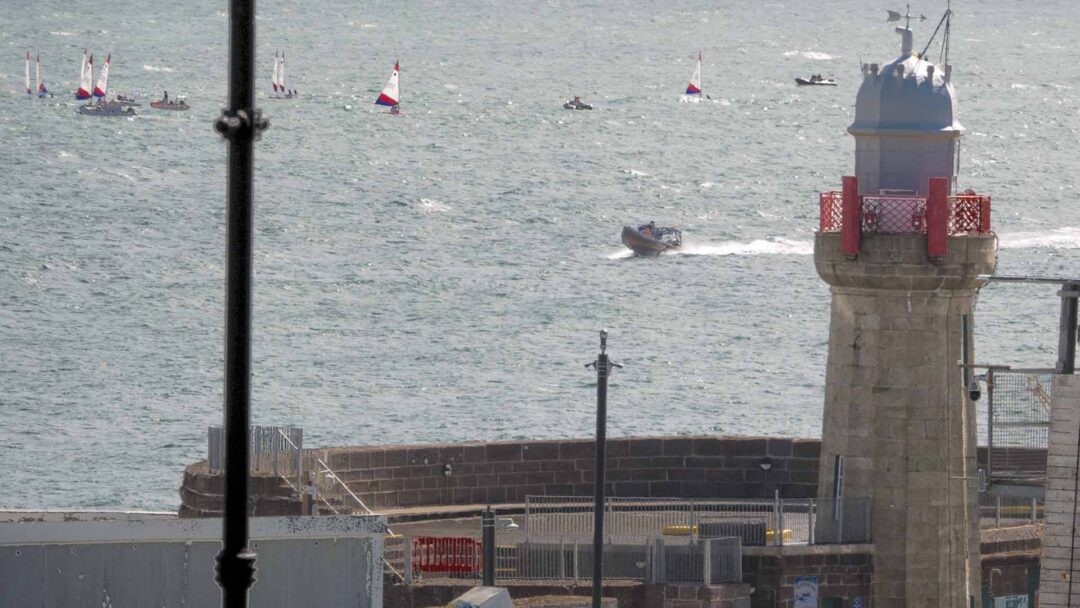
More about Dunmore East
More about Dunmore East
Dunmore East is one of Ireland’s most scenic seaside towns and it is a popular place for tourists all year round.
Dunmore East is one of Ireland’s most scenic seaside towns and it is a popular place for tourists all year round.
In terms of the history of this picture-perfect town, we can go back as far as 1640 when Lord Power of Curraghmore, who owned a large amount of property in the area, built a castle on the cliff that overlooks the strand. Sadly, this castle fell into ruin during the middle of the next century but when you’re visiting the area, you will still see the remaining castle tower if you embark on a walk.
In terms of the history of this picture-perfect town, we can go back as far as 1640 when Lord Power of Curraghmore, who owned a large amount of property in the area, built a castle on the cliff that overlooks the strand. Sadly, this castle fell into ruin during the middle of the next century but when you’re visiting the area, you will still see the remaining castle tower if you embark on a walk.
St Andrew’s Church of Ireland
St Andrew’s Church of Ireland
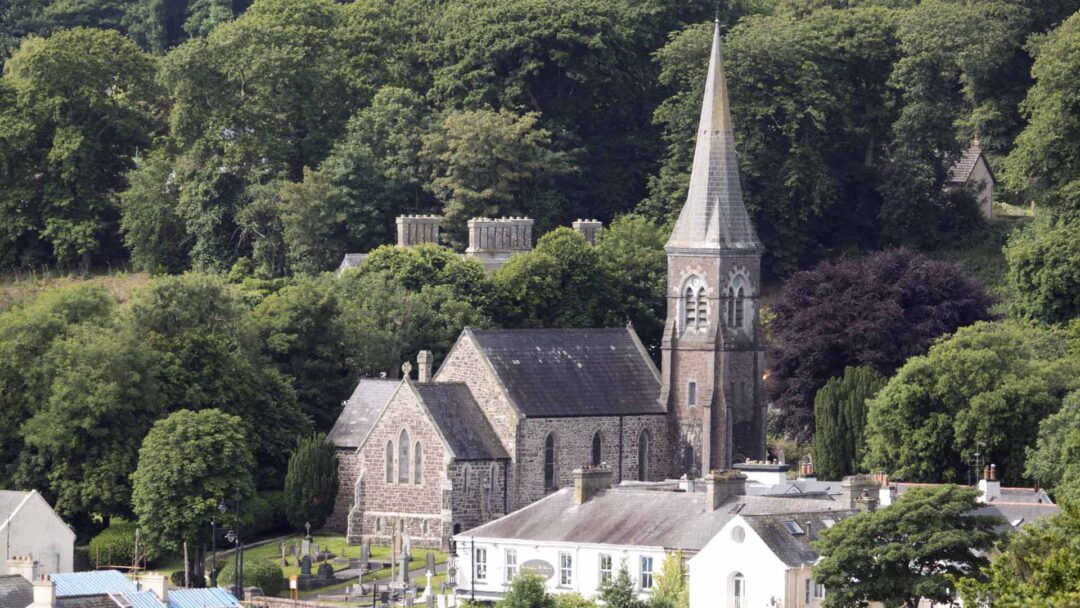
This very attractive Church is a prominent and picturesque landmark of the town built, in 1817 on this elevated site perhaps granted by Lord Waterford. This building used red sandstone obtained locally and the masonry workmanship is of high quality. This church is well maintained and is a credit to Dunmore East.
This very attractive Church is a prominent and picturesque landmark of the town built, in 1817 on this elevated site perhaps granted by Lord Waterford. This building used red sandstone obtained locally and the masonry workmanship is of high quality. This church is well maintained and is a credit to Dunmore East.
Hook Lighthouse as seen from Dunmore East
Hook Lighthouse as seen from Dunmore East
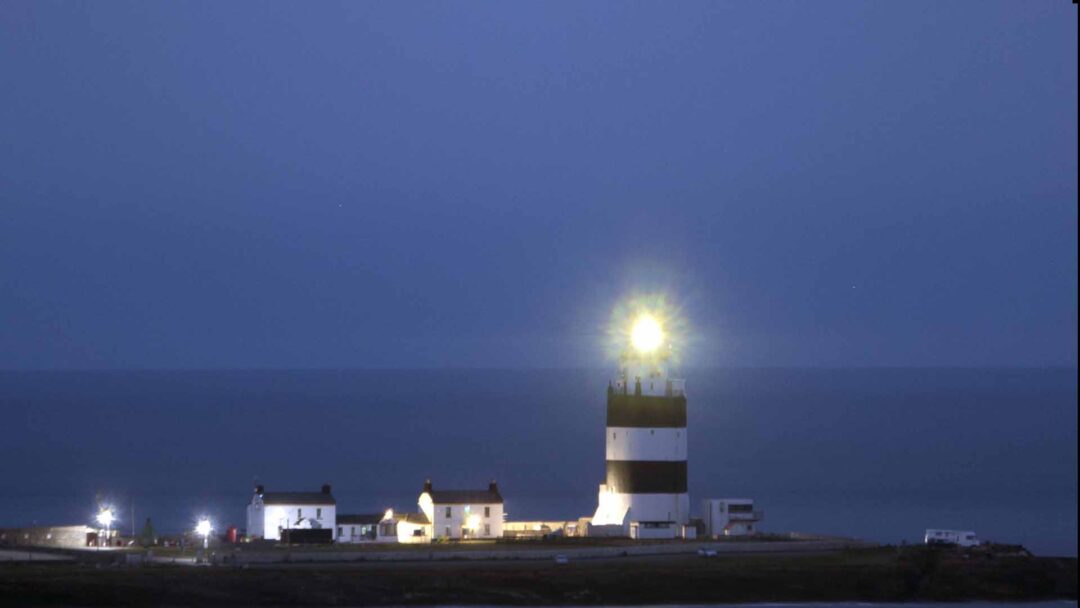
This Lighthouse was built 800 years ago making it the oldest operational lighthouse in the world. The Lighthouse is well worth a visit. hookheritage.ie
This Lighthouse was built 800 years ago making it the oldest operational lighthouse in the world. The Lighthouse is well worth a visit. hookheritage.ie
This medieval structure still continues to serve today, standing four stories and with walls 4 metres the tower was constructed using local limestone and most of the original structures survives.
This medieval structure still continues to serve today, standing four stories and with walls 4 metres the tower was constructed using local limestone and most of the original structures survives.
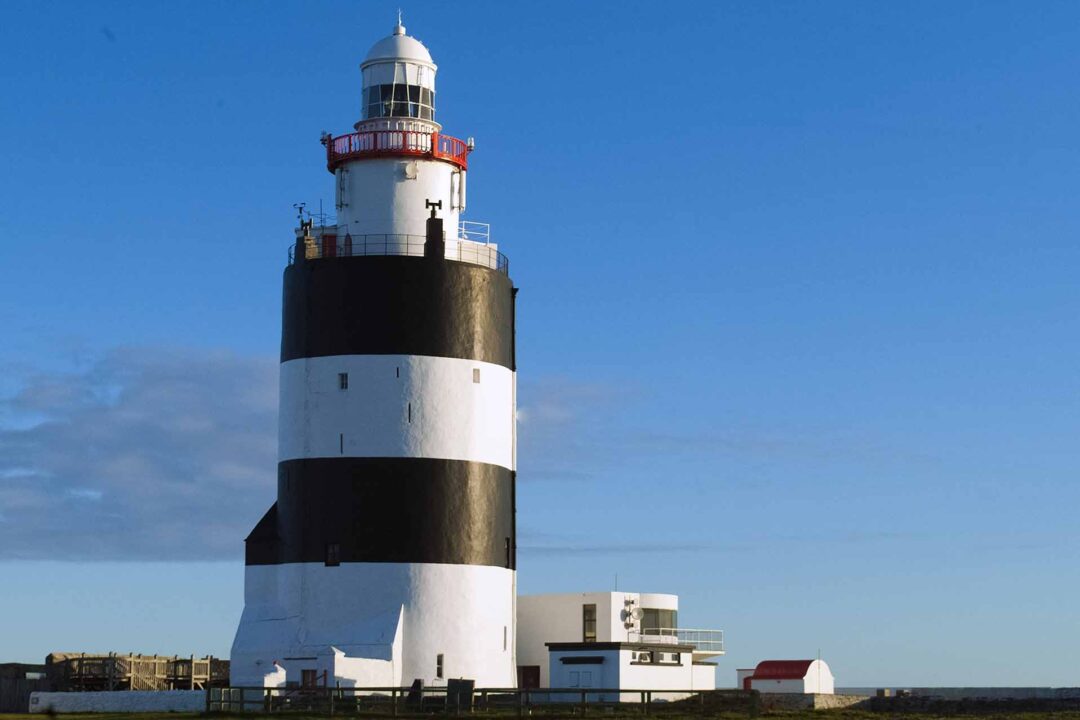
Fishing has been a major part of the Dunmore East community for hundreds of years, with the earliest mention of it being a fishing port dating back to 1745. The fisherman’s homes were situated in the Lower Village and their boats were launched from the slip at Lawlor’s Beach years before a protective harbour was built in 1812.
Fishing has been a major part of the Dunmore East community for hundreds of years, with the earliest mention of it being a fishing port dating back to 1745. The fisherman’s homes were situated in the Lower Village and their boats were launched from the slip at Lawlor’s Beach years before a protective harbour was built in 1812.
After the inclusion of the harbour, the fishing community began to thrive, and Dunmore East became one of the most important fishing ports in Ireland.
After the inclusion of the harbour, the fishing community began to thrive, and Dunmore East became one of the most important fishing ports in Ireland.
Today, fishing is still an important part of this quaint town as you will notice when you join the throngs of other tourists that regularly visit this picturesque location each year.
Today, fishing is still an important part of this quaint town as you will notice when you join the throngs of other tourists that regularly visit this picturesque location each year.

Bray to Greystones Cliff Walk
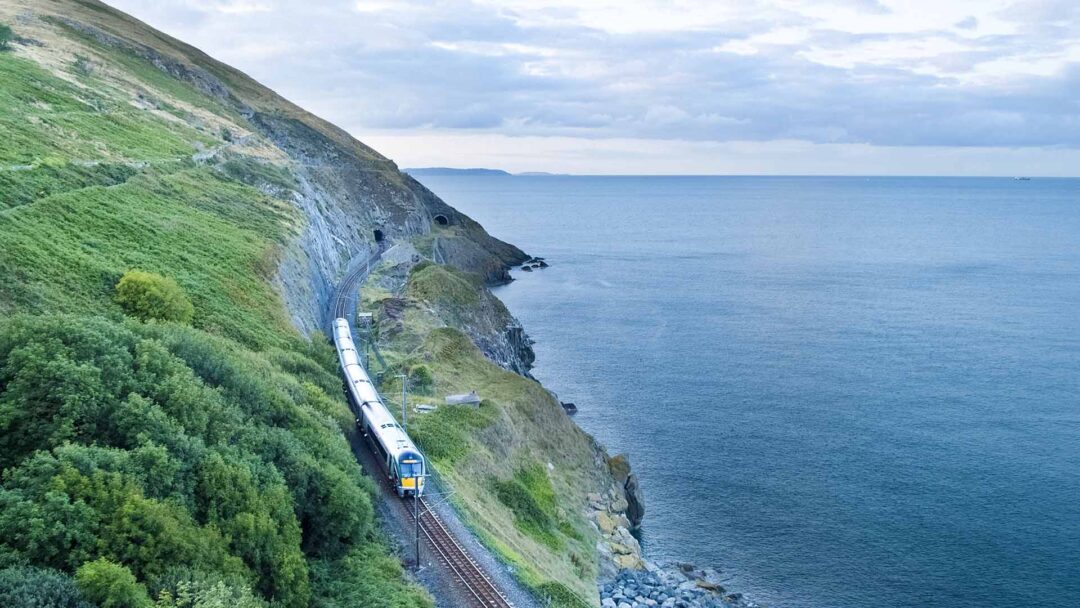

Kilcoole to Greystones
